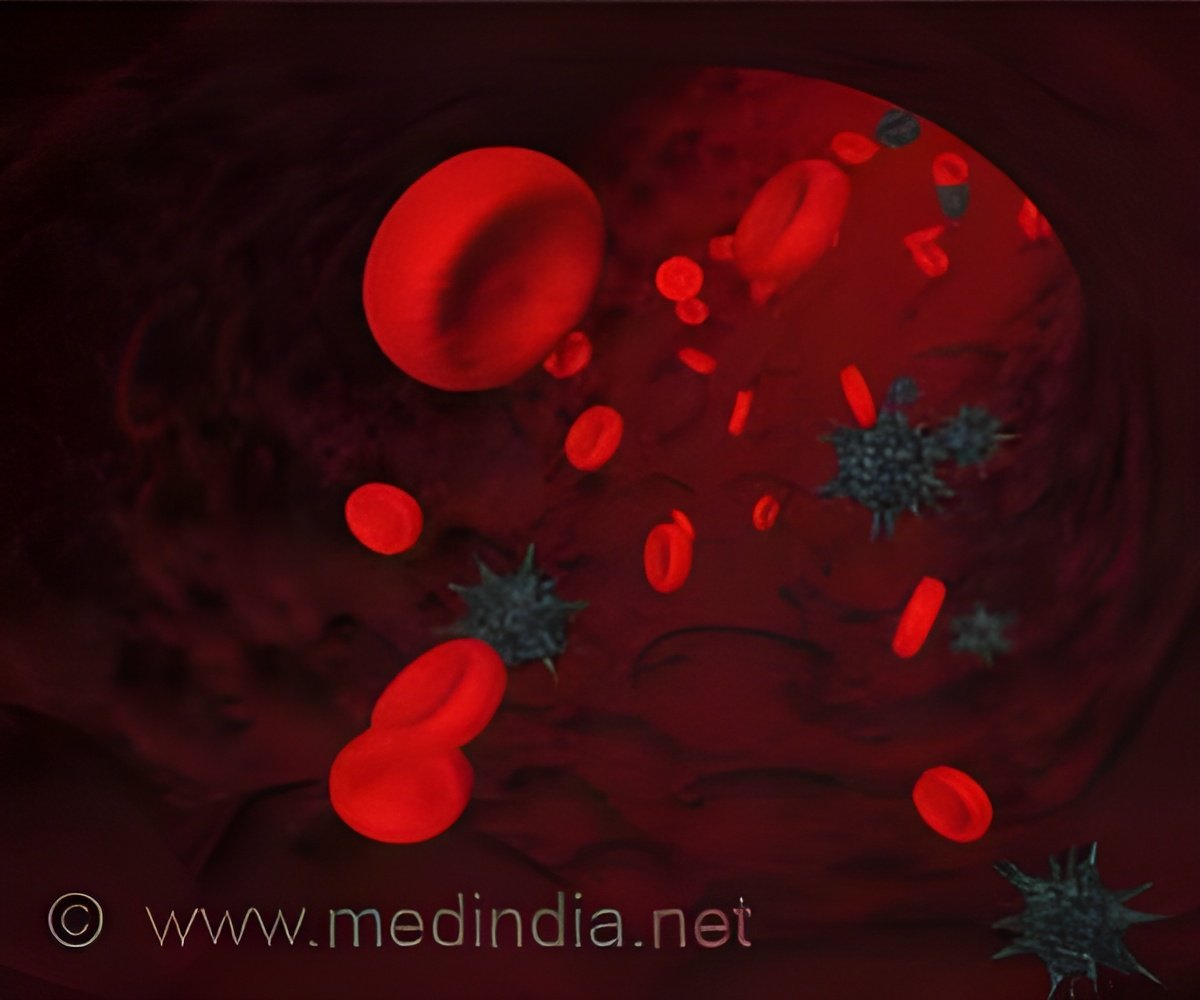Walking speed/ gait speed is a marker of frailty and can independently predict survival and unplanned hospital visits among older patients with blood cancers.

‘Slower walking pace is linked to a higher likelihood of hospital visits and death. Hence, gait speed should be assessed along with other vital clinical signs to better tailor care among blood cancer patients.’
Read More..




The researchers report that for every 0.1 meters per second decrease in how fast patients walk four meters (about 13 feet), the risk of dying, unexpectedly going to the hospital, or using the emergency room increased by 22 percent, 33 percent, and 34 percent, respectively. The association was strongest in patients with non-Hodgkin lymphoma.Read More..
"The slower someone walks, the higher their risk of problems," said the study's senior author, Jane A. Driver, MD, MPH, co-director of the Older Adult Hematologic Malignancy (OHM) Program at Dana-Farber and associate director of the Geriatric Research Education and Clinical Center at VA Boston Healthcare System.
Measuring gait speed not only helps identify individuals who are frail and may have worse long-term outcomes, but it also can indicate those who are in better-than-expected shape based on their age. Researchers say the study results support efforts to integrate gait speed as a routine part of medical assessments for older patients with blood cancer, and that it should be measured over time to guide treatment plans.
"There is an unmet need for brief screening tests for frailty that can easily fit into clinic workflow and predict important clinical outcomes. This test can be done in less than a minute and takes no longer than measuring blood pressure or other vital signs," said Driver. "Based on our findings, it is as good as other commonly used methods which take considerably more time and resources and may not be practical for many oncology clinics."
The new study enrolled 448 adults ages 75 years and older who had hematologic cancers. Participants were 79.7 years old on average and completed several screenings for cognition, frailty, gait, and grip strength. Gait speed was measured using the National Institutes of Health 4-meter gait speed test. Patients were asked to walk at a normal pace for 4 meters, and their speed was recorded in meters per second using a stopwatch.
Advertisement
Patients whose performance status - their general well-being and quality of life - was rated as very good or excellent by their physician were stratified into three groups by gait speed - those at risk or frail, pre-frail, or robust. Of the 314 patients in this group, nearly 20 percent had an unplanned hospital stay unrelated to elective or scheduled treatments, and 16.8 percent visited the emergency department.
Advertisement
So much a part of everyday life that it's easily taken for granted, walking is a complex activity that involves multiple bodily systems, including the musculoskeletal, cardiovascular, and nervous systems, all of which must function properly together. Gait speed has been widely used as an assessment in rehabilitative and geriatric medicine. Measuring it doesn't require special equipment, is reasonably efficient, and has value even for patients who use a cane or a walker, Driver noted.
Source-Eurekalert















